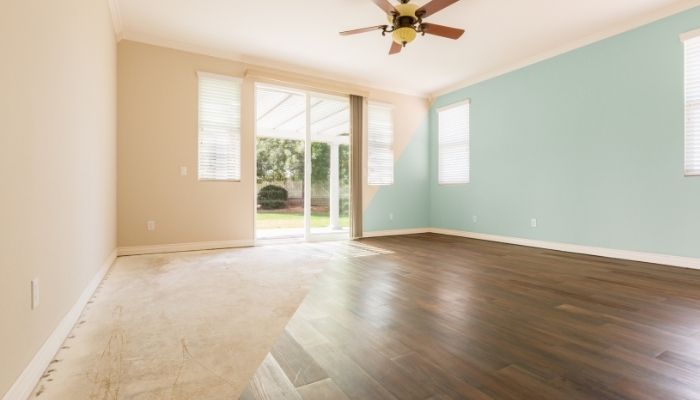Since the 1970s, government and health organizations have made a push against smoking cigarettes. This is directly related to research indicating that inhaling the harmful ingredients within a cigarette could drastically impact one’s health and well-being.
However, you may be inhaling other harmful substances even if you don’t smoke cigarettes. Dust and volatile organic compounds can pollute the air in your home, exacerbating allergy symptoms and breathing problems like asthma. And these pollutants can come from a host of sources, from chemical cleaners to dirt on your shoes.
If you want to address the problem, learn a few unexpected ways to improve your home’s air quality.
Paint Primer
Oil-based paints and primers fall under the category of things that pollute our home’s air. The harsh scent associated with these products comes from VOCs that can remain in the air for weeks after the paint has dried. Some paint options don’t contain these chemicals, like water-based paints. And some options will actually remove chemicals already in the air.
Air-purifying paint primer is that option. The way these products work is similar to the way many hospital generators keep the air in hospitals as clean as possible.
Change Your Flooring
Even a well-vacuumed carpet can trap dirt and dust from the air, degrading your home’s air quality. Also, some new carpets are known sources of VOCs. If you’re looking for ways to improve your home’s air quality, replacing the carpet with a different type of flooring may be the best bet.
For the best air quality, consider something easy to clean, such as:
- Hardwood
- Bamboo
- Tile
- Vinyl
- Finished concrete
Open the Windows
Good circulation is one of the best ways to improve the air quality of a space. If you keep the air moving, pollutants can’t linger in one area. You can simply open your windows a few times a day to allow the old air out and new air in.
However, the outside is also where a lot of contaminants live, such as pollen and dust. Fortunately, you can adjust what time of day you open the windows to avoid the highest concentrations of dust and pollen, such as the early morning and the evening.
































